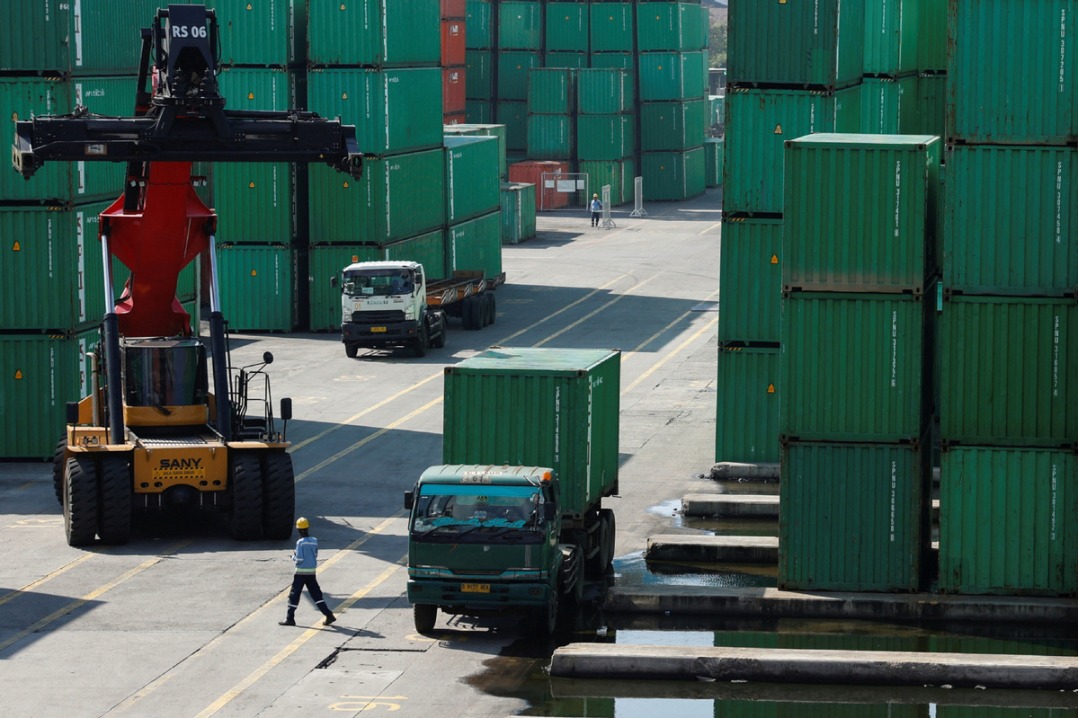Global CO2 emissions and China's challenges

2. Six main factors affecting CO2 emissions
Six main factors must be taken into consideration when discussing CO2 emissions.
First, CO2 emissions per unit of energy consumption, also known as carbon intensity of energy. It is related to the quality and efficiency of energy. For example, China's energy structure, with coal as the primary energy source, gives off relatively higher CO2 emissions per unit of energy consumption. However, as its primary energy sources switch from coal to natural gas in thermal power generation, accompanied by enlarged shares of renewable energy such as wind power, solar power, and hydropower as well as the development of nuclear power, its CO2 emissions per unit of energy consumption will decrease gradually.
Second, energy consumption per unit of gross domestic product (GDP), also known as energy intensity. It goes up in the early stages of industrialization, but then turns to go down as the level of industrialization increases and the industrial structure changes, the backward productivity being phased out, and the equipment and working procedures being optimized. Therefore, in the long term, the curve of a country's energy consumption per unit of GDP will rise sharply in the early stages of industrialization, but a turning point to a downward trend will ensue after a certain period of time if the industrialization develops smoothly.
Third, CO2 emissions per unit of GDP, also known as carbon intensity. It measures the correlation between a country's economy and its CO2 emissions. The interplay between CO2 emissions per unit of energy consumption and energy consumption per unit of GDP determines the level of carbon intensity.
Fourth, per capita GDP. It measures the level of economic development. As economy develops, industrial activities expand, and people's lifestyles modernize, per capita energy consumption will increase, leading to higher CO2 emissions.
Fifth, total population and demographic structure. The larger the population of an economy, the higher its CO2 emissions will be. The impact of demographic structure on energy consumption must also be taken into consideration.
Sixth, CO2 emissions per capita. It embodies the interplays of all the previous five factors, and it is a key of measuring the CO2 emissions of an economy. Its turning point marks the peak of CO2 emissions in a real sense.
Generally speaking, when the socio-economic development reaches a certain level, CO2 emissions per unit of energy consumption and energy consumption per unit of GDP are the first to turn downward, and CO2 emissions per capita will respond later. However, only when CO2 emissions per capita start for a continuous decline does it signify a real turning point.































